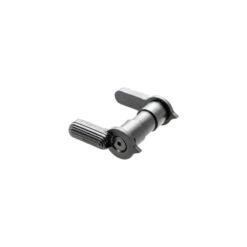Save 17%
MSRP: $29.97
$24.97
Save 16%
MSRP: $18.95
$15.95
Save 11 – 14%
MSRP: $41.95 – $43.95
Price range: $35.95 through $38.95
MSRP: $7.95
$7.95
Save 13%
MSRP: $39.95
$34.95
Save 14 – 17%
MSRP: $65.00
Price range: $53.95 through $55.95
Save 3 – 5%
MSRP: $61.95 – $65.95
Price range: $59.95 through $62.95
Battle Arms BAD-ASS-PRO Professional Ambidextrous Safety Selector Reversible 90/60
Battle Arms Development
Save 11%
MSRP: $45.00
$39.95
Save 5%
MSRP: $44.99
Price range: $42.75 through $44.99
Save 4%
MSRP: $49.95
$47.95
Save 7%
MSRP: $16.00
$14.95
MSRP: $41.95 – $44.95
Price range: $41.95 through $44.95
Save 5%
MSRP: $49.95
$47.45
MSRP: $64.95 – $69.95
Price range: $64.95 through $69.95
MSRP: $40.00
$40.00
Save 18%
MSRP: $54.90
$44.90
Battle Arms BAD-ASS-LITE Lightweight Ambidextrous Safety Selector Reversible 90/60
Battle Arms Development
Save 8%
MSRP: $65.00
$59.95
MSRP: $94.95 – $104.95
Price range: $94.95 through $104.95
MSRP: $29.90
$29.90
Save 8%
MSRP: $59.95
$54.95
MSRP: $69.95
$69.95
Save 7%
MSRP: $139.95
$129.95
Save 18%
MSRP: $54.90
$44.90



























